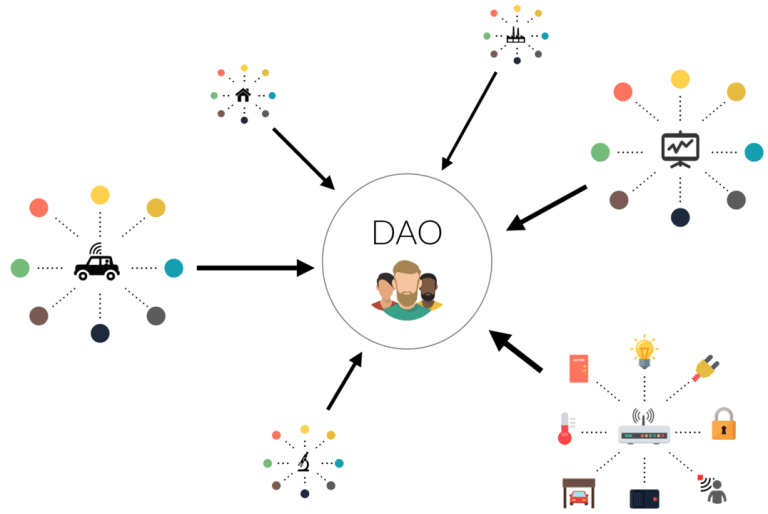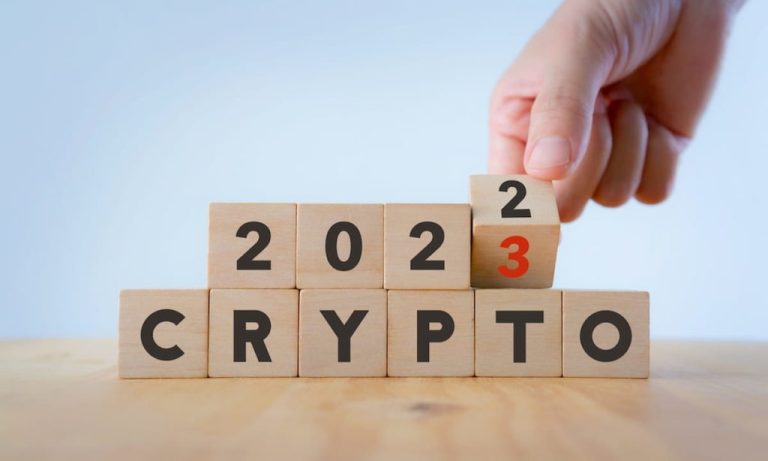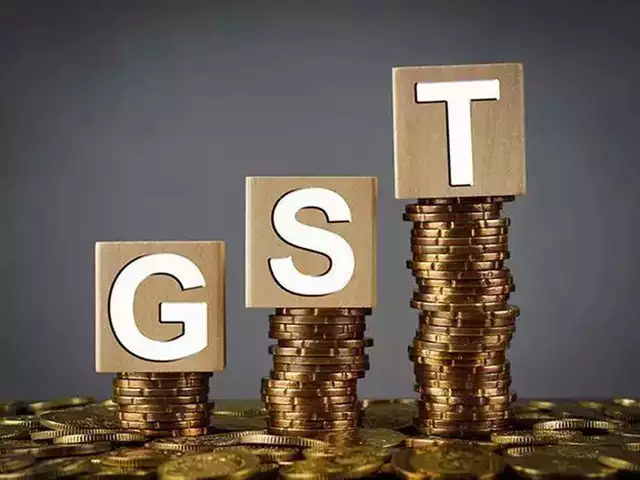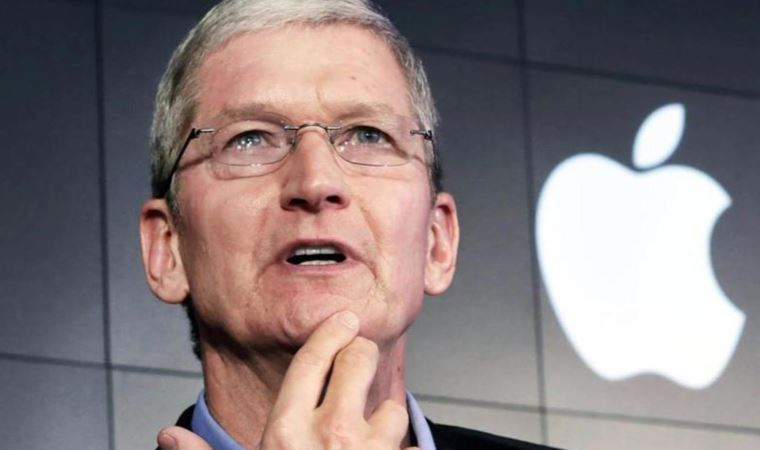Introduction
Cryptocurrencies are decentralised digital currencies that use cryptography to secure their transactions and control the creation of new units. Cryptocurrencies are often traded on decentralised exchanges and can also be used to purchase goods and services.
The popularity and adoption of cryptocurrencies have been growing rapidly in recent years. This has led to increased calls for cryptocurrency regulation as governments and regulators seek to protect consumers, prevent illicit activities, and promote financial stability.
The Current State of Cryptocurrency Regulation
The regulatory landscape for cryptocurrencies varies widely from country to country. Some countries, such as El Salvador and the Central African Republic, have embraced cryptocurrencies and adopted them as legal tender. Other countries, such as China and India, have imposed strict regulations on cryptocurrencies or banned them altogether.
There needs to be more uniformity in global cryptocurrency regulation. This can create challenges for businesses and investors as they must navigate different regulatory regimes in different countries.
International organisations, such as the Financial Action Task Force (FATF), have played a role in developing international standards for cryptocurrency regulation. However, these standards are not binding on all countries, and there is still much variation in how cryptocurrencies are regulated around the world.
Legal Issues Surrounding Cryptocurrency Regulation
One of the key legal issues surrounding cryptocurrency regulation is the classification of cryptocurrencies. Cryptocurrencies can be classified as securities, commodities, or currency. The classification of cryptocurrencies will have important implications for their regulation.
Another legal challenge is jurisdictional complexity. Cryptocurrencies are borderless, and transactions can take place between parties in different countries. This can make it difficult for regulators to enforce laws and regulations.
Cryptocurrencies have also been linked to money laundering and other illicit activities. This has led to concerns about the potential risks posed by cryptocurrencies to financial stability and national security.
Finally, consumer protection and fraud are other important legal issues surrounding cryptocurrency regulation. Cryptocurrencies are a high-risk asset class, and investors are vulnerable to fraud. Regulators need to strike a balance between protecting consumers and fostering innovation.
Challenges Faced by Regulators
Regulators face a number of challenges in regulating cryptocurrencies. One challenge is the technological complexity of cryptocurrencies. Cryptocurrencies are based on complex technologies, such as blockchain and cryptography. Regulators need to have a good understanding of these technologies in order to develop effective regulations.
Another challenge is the anonymity and privacy concerns associated with cryptocurrencies. Cryptocurrencies allow users to make transactions without revealing their identity. This can make it difficult for regulators to track illicit activities.
Regulators also need to balance the need to protect consumers and businesses with the need to foster innovation. Cryptocurrencies are a new and rapidly evolving technology. Regulators need to be careful not to stifle innovation by imposing overly restrictive regulations.
Finally, international cooperation and coordination are essential for effective cryptocurrency regulation. Cryptocurrencies are global assets, and criminal actors can easily move funds across borders. Regulators need to work together to develop and enforce international standards for cryptocurrency regulation.
Recent Developments in Cryptocurrency Regulation
There have been a number of key legislative and regulatory changes in recent years related to cryptocurrency regulation. For example, the United States Securities and Exchange Commission (SEC) has brought a number of enforcement actions against cryptocurrency companies for securities violations.
The impact of cryptocurrency regulation on the cryptocurrency market has been mixed.
On the one hand, regulation can provide certainty and stability for investors and businesses. On the other hand, regulation can also stifle innovation and make it more difficult for new entrants to enter the market.Industry stakeholders have reacted to cryptocurrency regulation in mixed ways. Some stakeholders have welcomed regulation, while others have expressed concerns that it could stifle innovation.
The Future of Cryptocurrency Regulation
It is difficult to predict the future of cryptocurrency regulation. However, it is clear that regulation is here to stay. Regulators are increasingly focused on cryptocurrency regulation, and they are developing new regulations to address the risks posed by cryptocurrencies.
Potential regulatory frameworks for cryptocurrencies include:
- Licensing and registration of cryptocurrency exchanges: This would require cryptocurrency exchanges to obtain a license from regulators and meet certain requirements, such as KYC/AML checks.
- Regulation of cryptocurrency offerings: This would require cryptocurrency issuers to register their offerings with regulators and provide investors with certain information
Key Points:
- Cryptocurrencies are decentralised digital assets that use cryptography to secure their transactions and control the creation of new units.
- Cryptocurrencies are becoming increasingly popular and adopted, but they are still a relatively new and untested asset class.
- There is a need for cryptocurrency regulation to protect investors, consumers, and the financial system from potential risks.
- However, cryptocurrency regulation is complex and challenging due to the decentralised nature of cryptocurrencies, the lack of uniformity in global regulation, and the rapid pace of technological innovation.
- Some of the key legal issues surrounding cryptocurrency regulation include the classification of cryptocurrencies, jurisdictional challenges, money laundering and illicit activities, taxation and reporting requirements, and consumer protection and fraud.
- Regulators face a number of challenges in regulating cryptocurrencies, including the technological complexities of blockchain technology, the need to balance innovation and risk, the lack of expertise within regulatory bodies, and the need for international cooperation and coordination.
- There have been a number of recent developments in cryptocurrency regulation, including key legislative and regulatory changes in various countries. The impact of these changes on the cryptocurrency market and the reaction from industry stakeholders is still being assessed.
- The future of cryptocurrency regulation is uncertain, but it is likely that regulation will continue to evolve in response to technological innovation and the growing adoption of cryptocurrencies. Potential regulatory frameworks include licensing and registration requirements, anti-money laundering and counter-terrorist financing measures, and consumer protection regulations.
- Self-regulation is also likely to play a role in the future of cryptocurrency regulation.
Conclusion:
Balanced and adaptable regulation is essential to protect investors, consumers, and the financial system from the potential risks of cryptocurrencies while also fostering innovation and promoting the responsible adoption of this new asset class. The evolving cryptocurrency landscape and its regulation present a number of challenges and opportunities for investors, businesses, and regulators.











